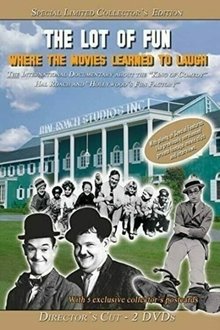Since its publication 200 years ago, Mary Shelley’s Frankenstein has influenced vast swathes of popular culture. Adaptations have starred cinema legends from Boris Karloff to Robert De Niro – and even Alvin and the Chipmunks. From tales of science gone mad (Jurassic Park) to stories of understanding the other (ET, The Hulk, Arrival), traces of the story and its themes have spread across our media. With Frankenstein Re-membered, video artist and film historian Chris Gerrard collects these diverse fragments from the birth of cinema until the present day and in the tradition of Victor Frankenstein himself, attempts to stitch them back together into an adaptation of the original Shelley novel.
Related Movies
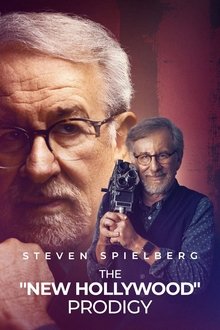
Steven Spielberg, the “New Hollywood” Prodigy (2025)
A new light on American filmmaker Steven Spielberg, Hollywood’s greatest director, offering a unique perspective on his work and digging into his personal influences.
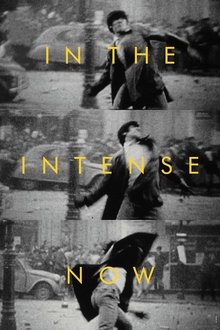
In the Intense Now (2017)
A personal essay which analyses and compares images of the political upheavals of the 1960s. From the military coup in Brazil to China's Cultural Revolution, from the student uprisings in Paris to the end of the Prague Spring.
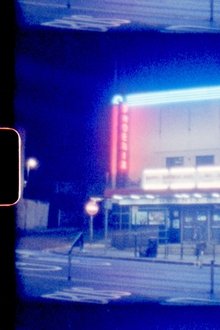
Cinema Now (2022)
A fragmented collection of independent closed cinemas, in London during lockdown, captured on Super 8mm film.
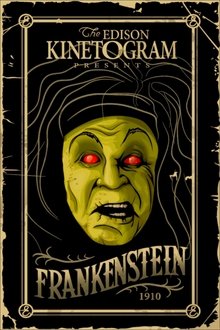
Frankenstein (1910)
Frankenstein, a young medical student, trying to create the perfect human being, instead creates a misshapen monster. Made ill by what he has done, Frankenstein is comforted by his fiancée; but on his wedding night he is visited by the monster.
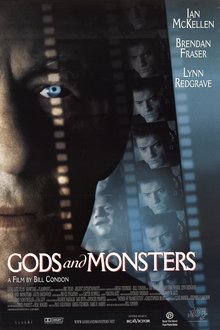
Gods and Monsters (1998)
It's 1957, and James Whale's heyday as the director of "Frankenstein," "Bride of Frankenstein" and "The Invisible Man" is long behind him. Retired and a semi-recluse, he lives his days accompanied only by images from his past. When his dour housekeeper, Hannah, hires a handsome young gardener, the flamboyant director and simple yard man develop an unlikely friendship, which will change them forever.
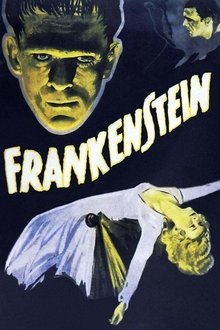
Frankenstein (1931)
Tampering with life and death, Henry Frankenstein pieces together salvaged body parts to bring a human monster to life; the mad scientist's dreams are shattered by his creation's violent rage as the monster awakens to a world in which he is unwelcome.
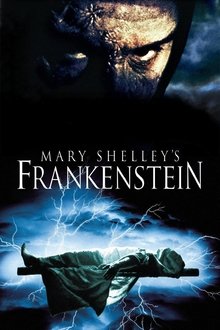
Mary Shelley's Frankenstein (1994)
Victor Frankenstein is a promising young doctor who, devastated by the death of his mother during childbirth, becomes obsessed with bringing the dead back to life. His experiments lead to the creation of a monster, which Frankenstein has put together with the remains of corpses. It's not long before Frankenstein regrets his actions.
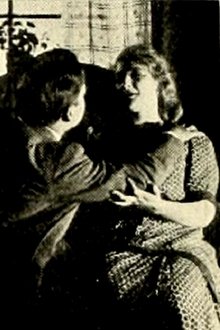
The Dream Woman (1914)
In this story the hero is haunted by a beautiful young woman who tries to stab him to death with a knife. This fantasy recurs on each of his birthdays, becoming more and more real as the years go on. He leaves home to secure a place as groom, but arrives at his destination too late. Forced to retrace his steps, he seeks shelter in a little inn, forgetting that the hour of his birth is approaching. In the middle of the night he awakens, terrified with fright… Based on Wilkie Collins' novel “The Dream Woman”.
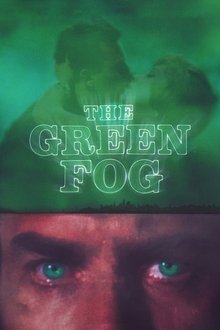
The Green Fog (2018)
A tribute to a fascinating film shot by Alfred Hitchcock in 1958, starring James Stewart and Kim Novak, and to the city of San Francisco, California, where the magic was created; but also a challenge: how to pay homage to a masterpiece without using its footage; how to do it simply by gathering images from various sources, all of them haunted by the curse of a mysterious green fog that seems to cause irrepressible vertigo…

Zeno's Conscience (1988)
La coscienza di Zeno is a TV adaptation of the 1923 novel by Italo Svevo. It was broadcasted by RAI in 1988.
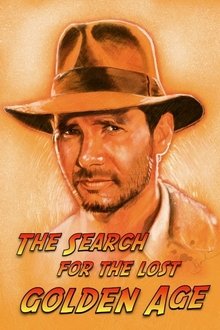
Indiana Jones: The Search for the Lost Golden Age (2021)
Hawaii, May 1977. After the success of Star Wars, George Lucas and Steven Spielberg meet to find a new project to work on together, the former as producer, the latter as director. The story of how the charismatic archaeologist Indiana Jones was born and how his first adventure, released in 1981, triumphed at box offices around the world.
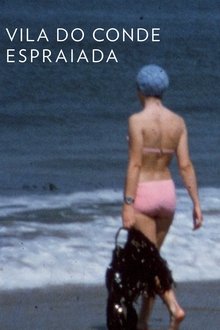
Vila do Conde Extended (2015)
A boy from Vila do Conde records a love letter on a cassette. His voice blends with music, archive images and stories from the past, some lived and others heard.
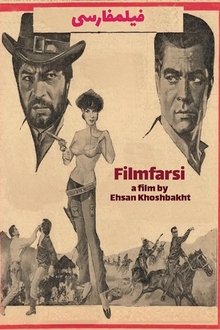
Filmfarsi (2019)
A found-footage essay, Filmfarsi salvages low budget thrillers and melodramas suppressed following the 1979 Islamic revolution.
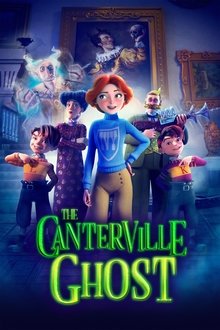
The Canterville Ghost (2023)
An American family moves in to the Canterville Chase, a London mansion that has been haunted by ghost Sir Simon De Canterville for 300 years.
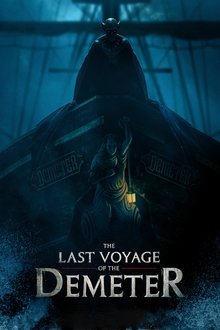
The Last Voyage of the Demeter (2023)
The crew of the merchant ship Demeter attempts to survive the ocean voyage from Carpathia to London as they are stalked each night by a merciless presence onboard the ship.
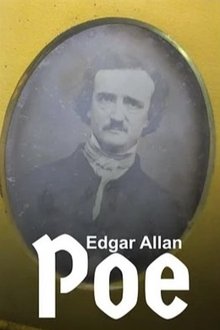
Edgar Allan Poe - Amerikas abgründiger Pop-Poet (2024)
Edgar Allan Poe is one of the most famous American authors. And probably the most abysmal. In his texts, he deals with the dark side of humanity like no other. And was himself scarred by this throughout his life. The writer not only shaped the genres of horror literature and science fiction novels, but today seems more popular than ever.
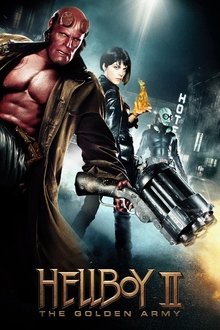
Hellboy II: The Golden Army (2008)
Hellboy, his pyrokinetic girlfriend, Liz, and aquatic empath, Abe Sapien, face their biggest battle when an underworld elven prince plans to reclaim Earth for his magical kindred. Tired of living in the shadow of humans, Prince Nuada tries to awaken an ancient force of killing machines, the all-powerful Golden Army, to clear the way for fantasy creatures to roam free. Only Hellboy can stop the dark prince and prevent humanity's annihilation.
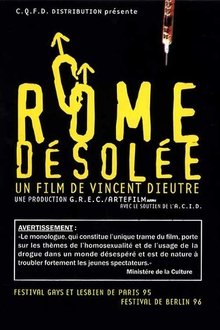
Desolate Rome (1995)
Chronicles of a male homosexual drug addict in 1980's in voice-over with long take scenes from Rome, television snippets of news of Gulf War and commercials.
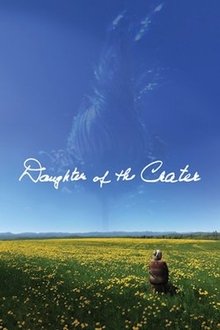
Daughter of the Crater (2019)
A woman with a deep love of the land, Yolande Simard Perrault sees her life as having been shaped by a planetary upheaval in Charlevoix, Quebec, millions of years ago. As enduring as the Canadian Shield, she’s a woman of strength and spirit, a child of the crater left by the meteor’s impact. This documentary portrays a determined woman who’s the reflection of a land created on an immense scale. She was the creative and life partner of filmmaker Pierre Perrault, who gave up everything to be by her side. The film charts the influence of her unquenchable dreams and her contribution to the building of a people’s collective memory. In a stream of images and words, Simard Perrault recounts the splendours of the landscape and the people who shaped it. Generous and boundless, she embarks on a quest for identity that nurtures and perpetuates the oeuvre of the man who breathed new life into Quebec cinema.
